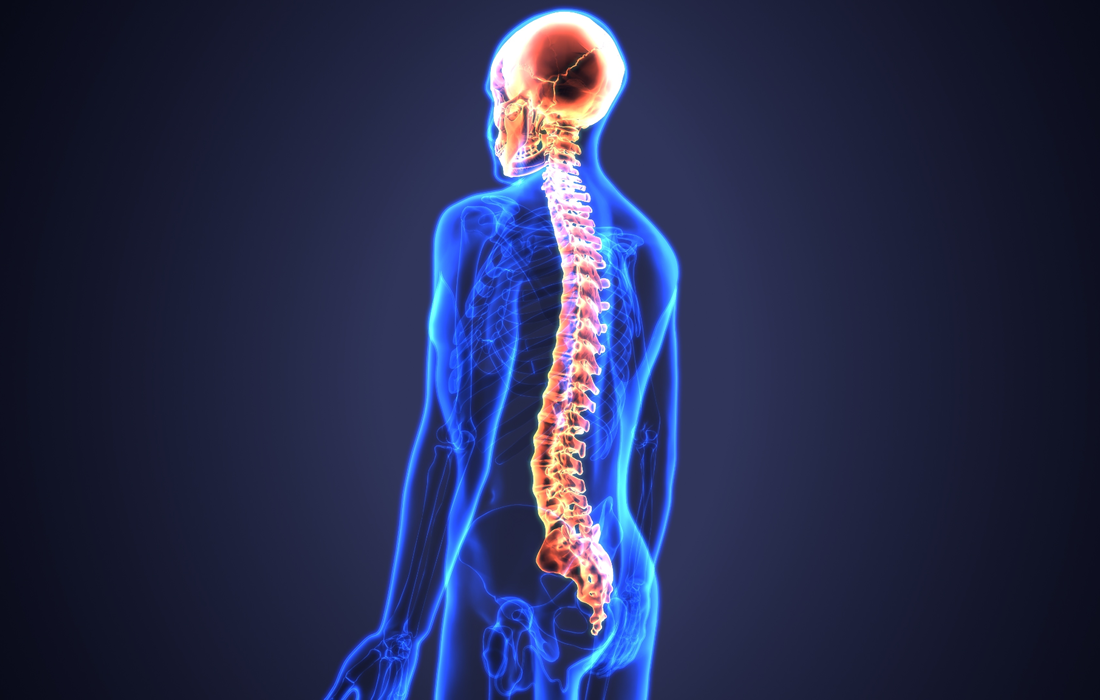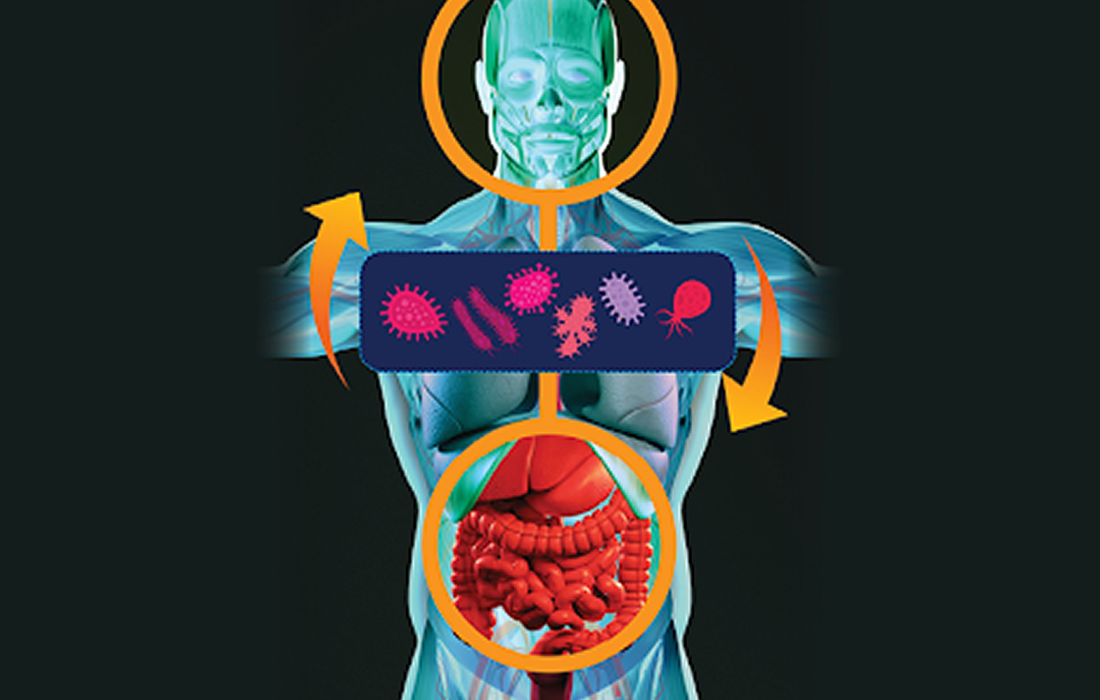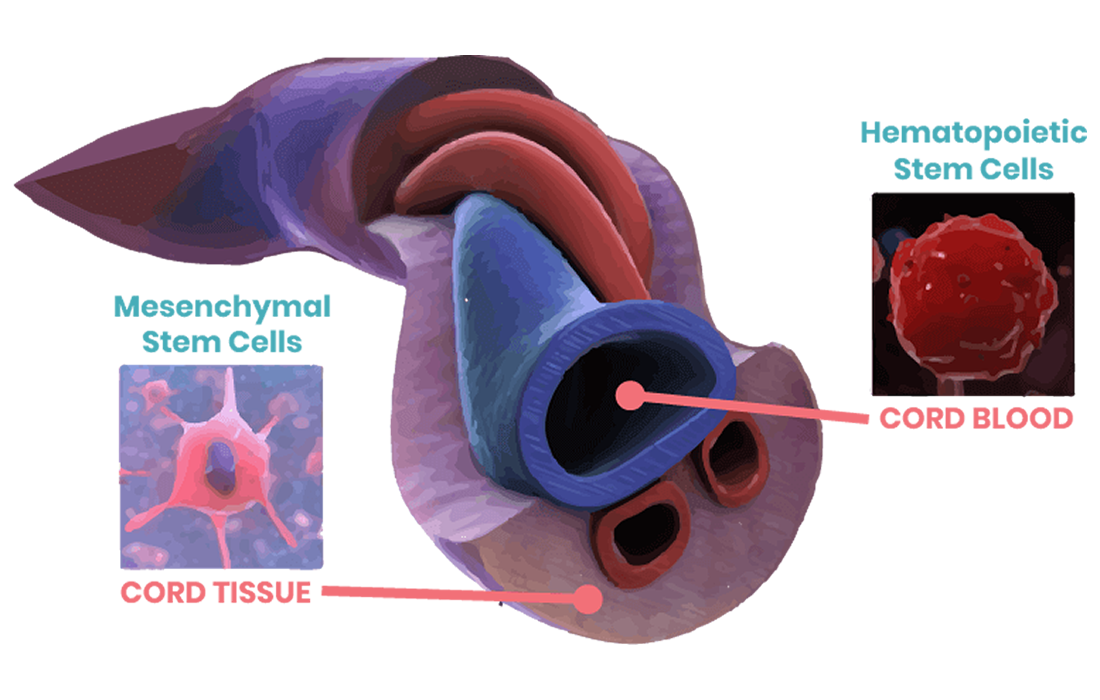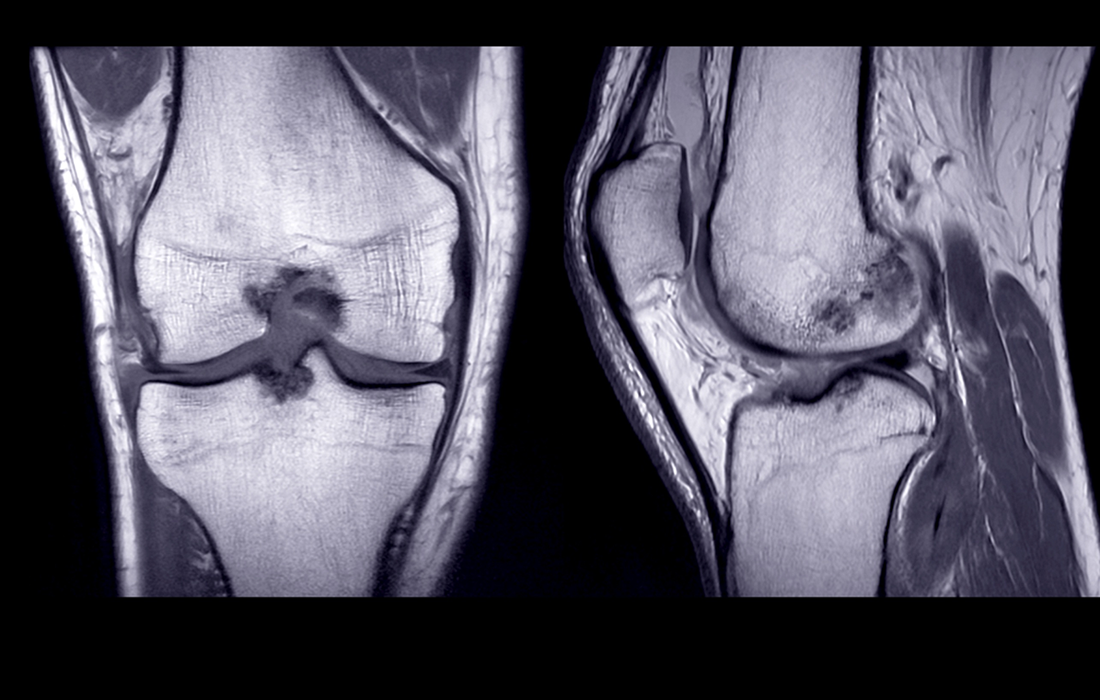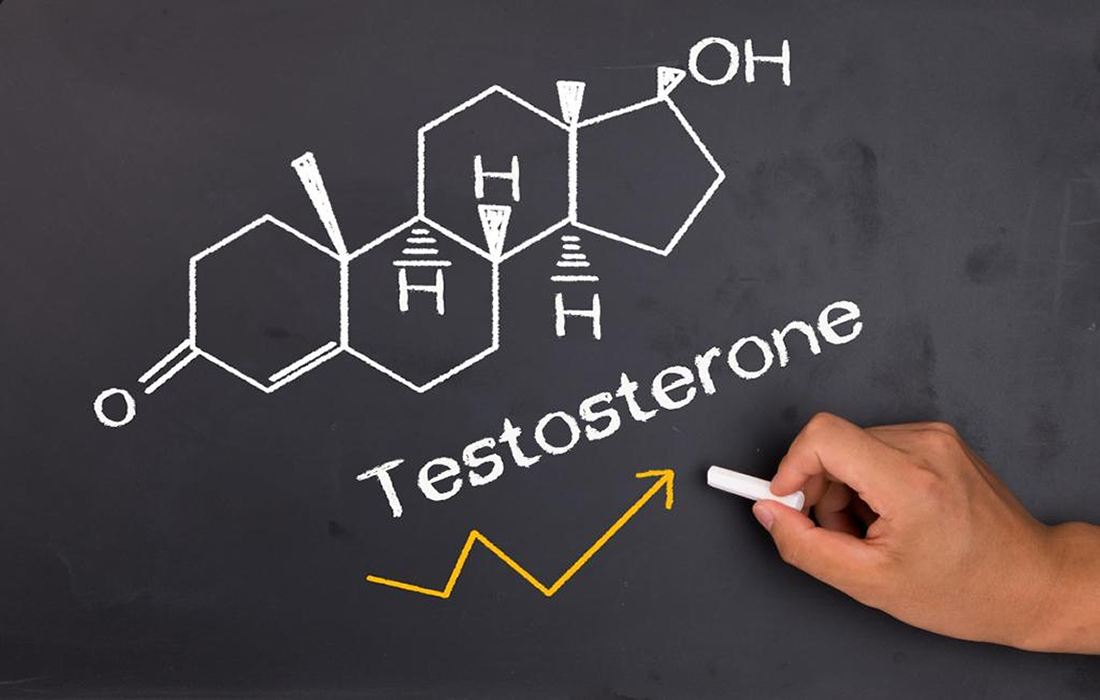Traumatic spinal cord injury (SCI) is a major cause of disability in developed countries. The financial burden is significant in terms of direct health care costs as well as loss of economic productivity. Even small improvements in mobility and/or manual dexterity may substantially reduce these costs and improve quality of life. However, current therapeutic options […]
Monthly Archives: September 2021
Overweight and obesity are defined as abnormal or excessive fat accumulation that presents a risk to health. A body mass index (BMI) over 25 is considered overweight and over 30 is obese. The issue has grown to epidemic proportions, with over 4 million people dying each year as a result of being overweight or obese […]
The onset of rheumatoid arthritis (RA) is associated with loss of systemic immunological self-tolerance, which results in the activation of autoreactive immune cells that target collagen-rich joint regions and present symptoms characterized as chronic, destructive joint inflammation. As an autoimmune disease, there are limited curative options for RA that provide immunomodulation and articular cartilage or […]
The incidence of premature birth has been rising worldwide and is one of the leading causes of perinatal morbidity and mortality. Although recent advances in neonatal intensive care have increased the survival of extremely premature infants (gestational age < 28 weeks), the number of survivors with severe morbidity and life-long neurodevelopmental impairment remains high. The […]
Multiple sclerosis (MS) is a potentially disabling disease of the brain and spinal cord (central nervous system). In MS, the immune system attacks the protective sheath (myelin) that covers nerve fibers and causes communication problems between your brain and the rest of your body. Eventually, the disease can cause permanent damage or deterioration of the […]
The current classification of MSCs was set by the International Society of Cellular Therapy (ISCT) in the position paper by Dominici et al. This listed the three minimal criteria that must be met to define cells as MSCs: plastic adherence, tri-lineage differentiation potential (osteogenic, chondrogenic and adipogenic). In addition to the minimal criteria, MSCs have […]
Multiple Sclerosis (MS) is a chronic inflammatory, autoimmune and neurodegenerative disease of the central nervous system (CNS). MS affects approximately 2.5 million people worldwide. High prevalence of MS is seen in northern parts of Europe and North America. Nearly 1 million are living with MS in the United States, according to a study funded by […]
The umbilical cord is a noncontroversial source of mesenchymal stem cells. Mesenchymal cells are found in several tissue compartments of the umbilical cord, placenta and decidua. Umbilical cord mesenchymal stem cells derived from Wharton’s jelly (UCMSCs) have shown to have therapeutic potential, possibly as a substitute cell for bone marrow-derived mesenchymal stem cells for cellular […]
Osteoarthritis (OA) is a progressive and debilitating joint disease that is expected to affect up to 25% of the population by 2040 and represents an enormous socioeconomic health care burden. According to the Centers for Disease Control and Prevention (CDC), osteoarthritis affects an estimated 30 million people in the United States. Osteoarthritis is predominantly a […]
Hormones are your body’s chemical messengers. They travel in your bloodstream to tissues or organs. They work slowly, over time, and affect many different processes, including: Growth and development. Metabolism – how your body gets energy from the foods you eat. Sexual function. Reproduction. Mood. Endocrine glands, which are special groups of cells, make hormones. […]

